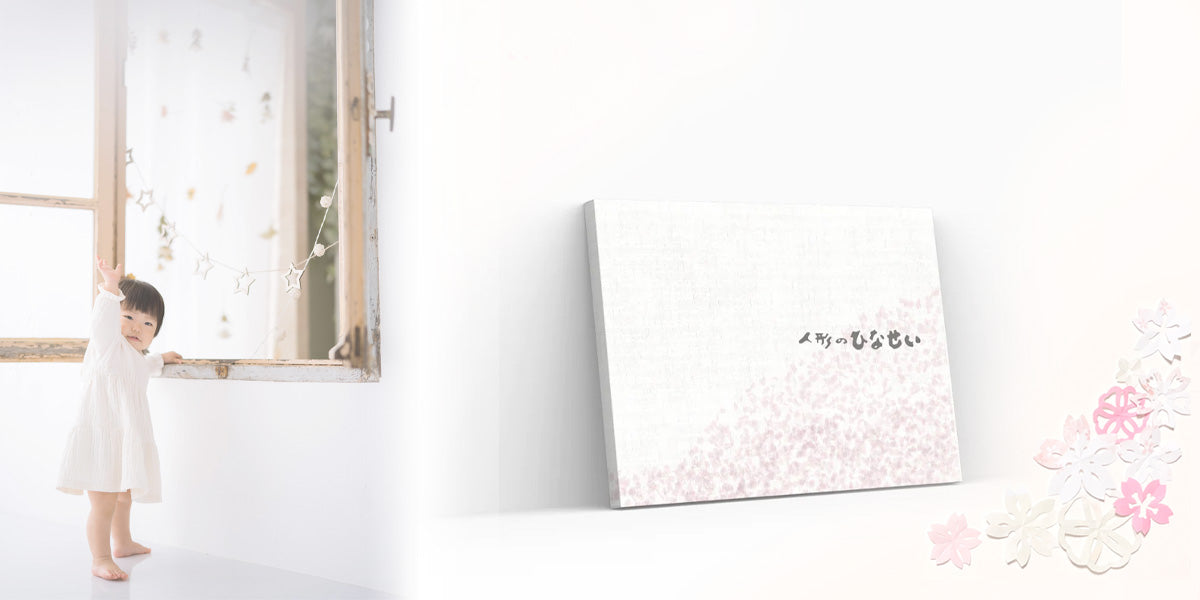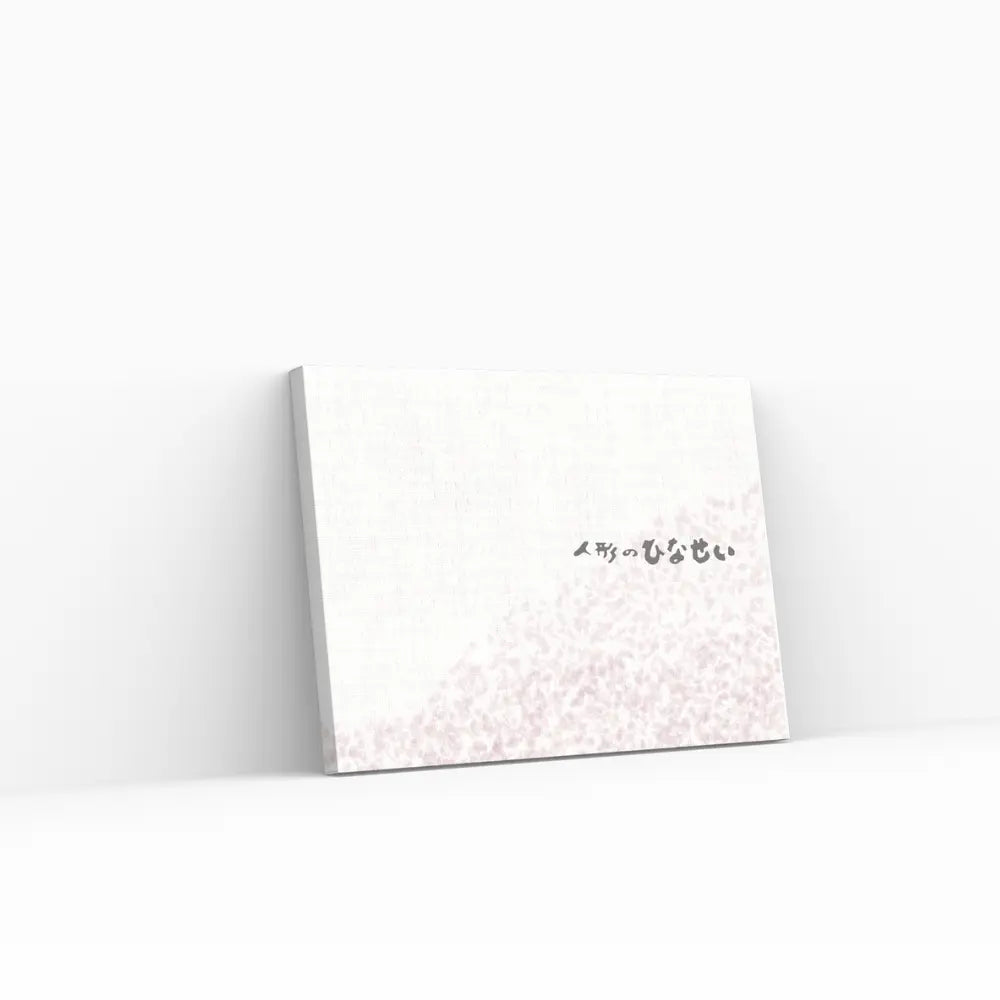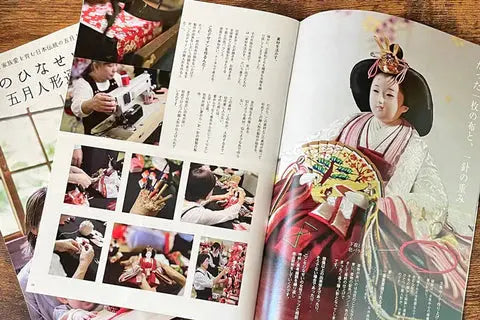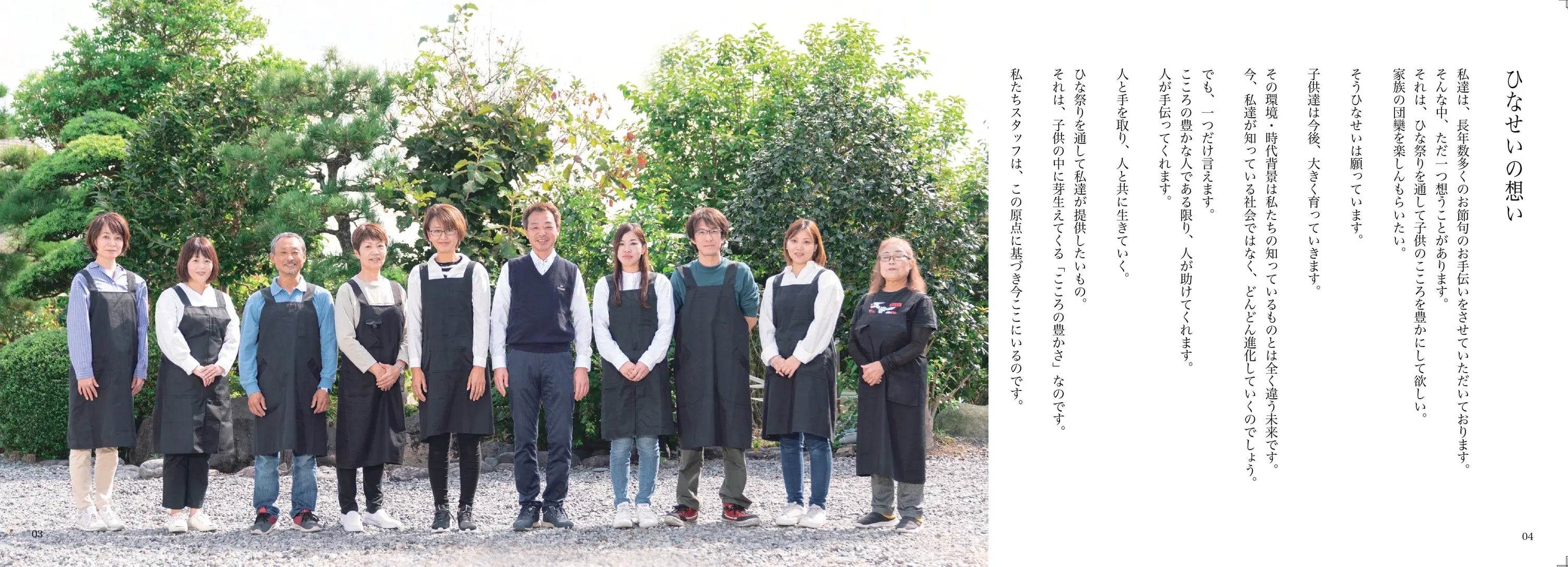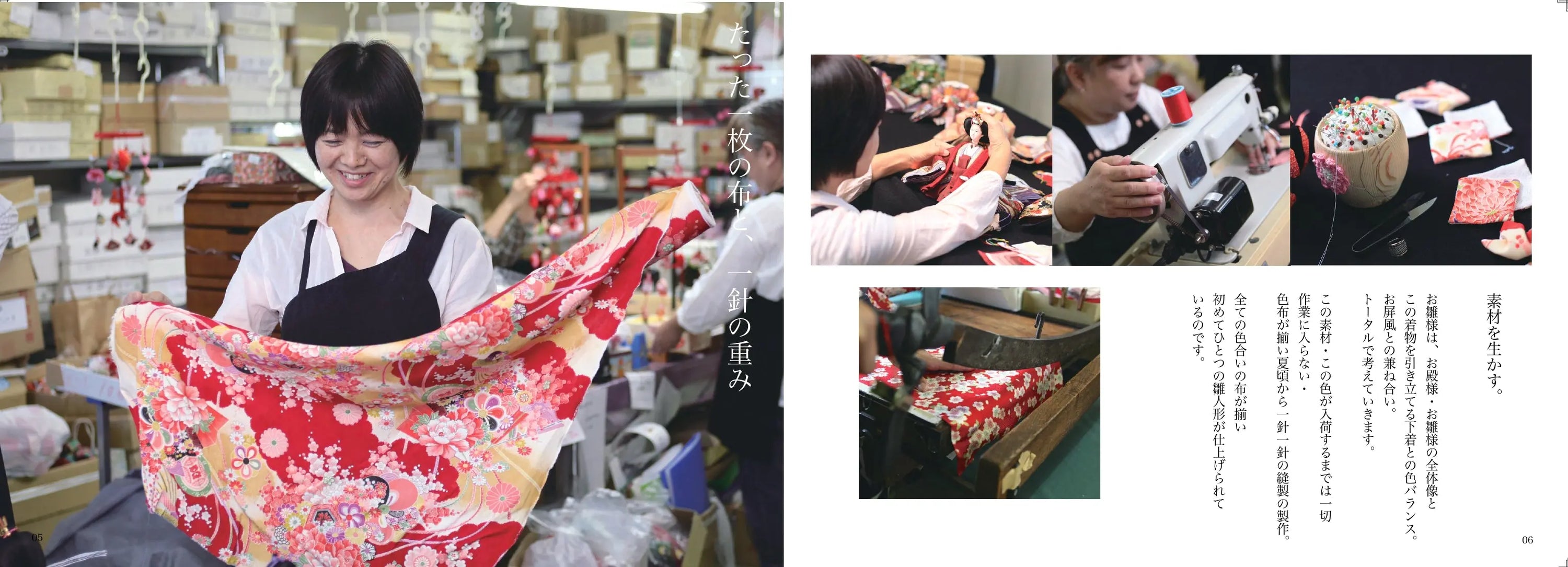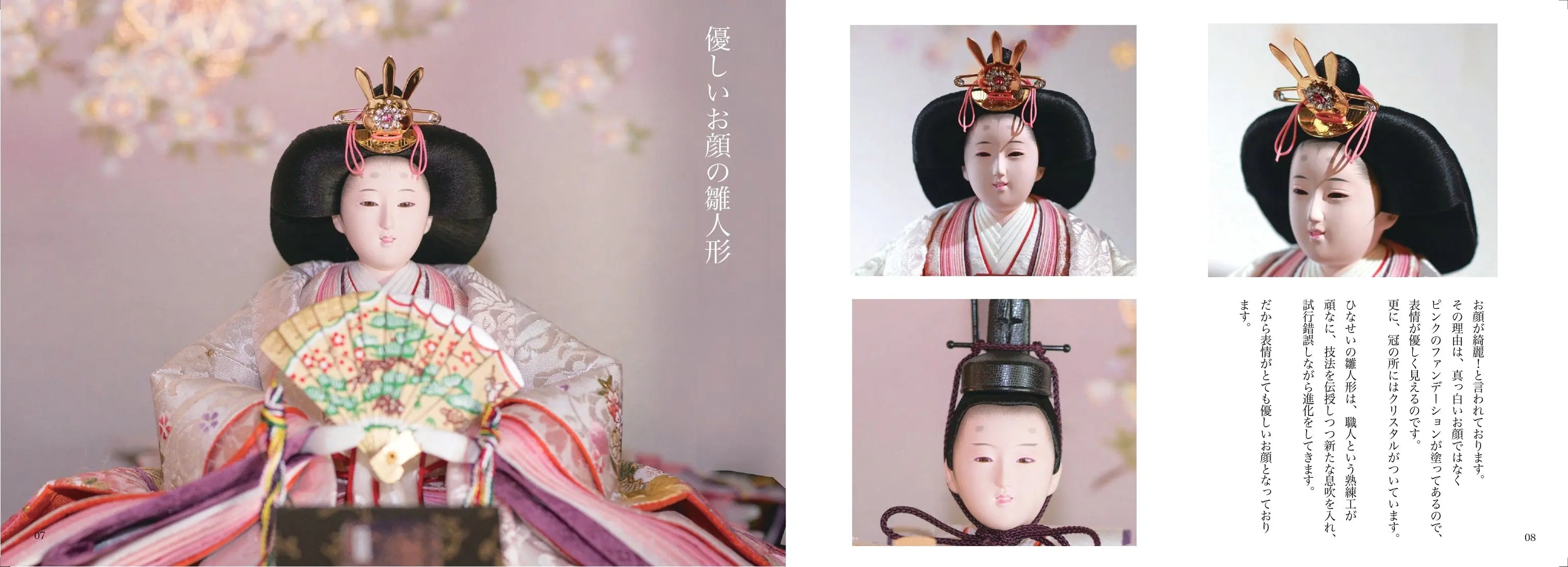A craft event for families and children to enjoy on Halloween
Nowadays, in the latter half of October, families with children get excited about Halloween costume events and easy Halloween parties that can be held at home. 
A recent trend is that in Japan, the best of Japan and the best of overseas,
It is seen as a family event.
A lifestyle of having fun with your family...
On this page, we would like to introduce you to Halloween .
I hope this is helpful.
I would be happy if you would share it again.
If you would like to know more about other annual events, customs, and festivals in Japan,
Learn more about traditional Japanese cultural annual events here.
---- table of contents ----
Click below to jump
1. What is Halloween in Japan? Costume events and how families can enjoy it
~The background of Halloween culture and its spread in Japan~
2. What is Halloween, even Japanese people don't know? Ancient Celtic history
~Family Learning about Ancient Celtic Rituals and Their Modern Influence~
3. Learning from History: Differences between Celtic Halloween and Japanese Culture
~Similarities and differences with traditional Japanese events~
4. Halloween was originally a potato! Why a pumpkin?
~The background behind how the pumpkin became a symbol~
5. Differences between European and American Halloween: Religion and Commerce
~The difference between religious roots and commercial events~
6. How to learn about the cultural meaning of Halloween as a family
~How to learn about cultural background as a family~
7. The Spread of Halloween Culture in Japan: Why It Has Grow So Rapidly in 30 Years
~The background to the spread of Halloween in Japan and its appeal~
8. Let's reconsider Halloween in Japan and how it's celebrated at home
~Ideas for enjoying the autumn season~
9. Easy Halloween decoration ideas for the whole family
~Handmade jack-o'-lanterns and decorations~
10. Make your own costumes without spending a lot of money! Fun ways for parents and children to enjoy themselves
~Handmade costumes and easy Halloween games to enjoy with the whole family~
11. Learning about family bonds and growth through Halloween
~How to spend Halloween to deepen parent-child bonds~
12. Summary: Halloween for the whole family and its true meaning
~A balanced understanding of commercial events and cultural background~

1. What is Halloween in Japan? Costume events and how families can enjoy it
Halloween at home with costumes
Halloween in Japan has two aspects: a commercialized costume event and a homemade Halloween event enjoyed by families.
Among young people, the flashy costume parades that take place in urban areas such as Shibuya and Roppongi are especially popular.
On the other hand, the style of enjoying it at home has also become popular recently.
There are an increasing number of events where families make handmade decorations together and enjoy Halloween food and sweets with their children.
As you can see, Halloween is becoming more diverse in Japan, and even people who don't participate in commercial events have more options for enjoying it at home.
In particular, many families are embracing Halloween as an opportunity to deepen communication between parents and children, focusing on handmade crafts and enjoying it at low cost.
When celebrating Halloween at home, decorations mainly use orange and pumpkins, allowing you to enjoy the blessings of nature and the feeling of the autumn season.
Halloween is a great way for families to spend time working together and deepen their bonds.
Halloween is not just about dressing up, it is also a good opportunity for children to learn about different cultures .
Discussing the meaning of Halloween and its historical background with your child will make the event even more enjoyable.
2. What is Halloween that even Japanese people don't know? Learn about ancient Celtic history with your family
The History of Halloween
The origins of Halloween date back to the ancient Celts about 2,000 years ago.
"The ancient Celts..."
The ancient Celts were an Indo-European ethnic group that spread across Europe from around 1000 BC.
They were mainly from what is now Ireland, Scotland, Wales,
They lived mainly in the Gaul region of France.
Celtic culture had its own language, religion, social structure and was known for its art and metalwork.
The Celts were also known as warriors and often fought against the Roman Empire and other European nations.
Their influence eventually declined due to Roman rule and the advance of Germanic tribes, but elements of Celtic culture remain strong in places such as Ireland and Scotland.
The Celts lived in what is now Ireland, Scotland, and Wales, and believed that their year ended on October 31st .
This day is called Samhain, and while it celebrates the harvest, it is believed that spirits return to the world with the onset of winter .
~ Why? Celts are Irish, Scottish, and Welsh? ~
The Celts had one of their most important bases of operations in Gaul (present-day France).
The reason why the Celts were distributed in unconnected areas (Ireland, Scotland, Wales, Gaul) was
This is due to their mobility, use of maritime transport, and highly adaptable cultural characteristics.
Although Celtic culture spread over a wide area, it survived while retaining its regional characteristics, and traces of it remain to this day.
During the Samhain festival, villagers light bonfires, dress up in costumes and perform rituals to ward off evil spirits .
The reason they dressed up was to make the spirits think they were friends and to avoid harm .
This tradition evolved into the current Halloween costume culture .
Also, customs such as making food offerings and leaving food in front of the house for the spirits began around this time.
Modern Halloween became popular when Irish immigrants brought it to America in the 19th century .
It was then commercialized in the United States, where the custom of children enjoying trick-or-treating and the culture of decorating homes became established.
However, at its core, it is a spiritual ritual performed by the ancient Celts as a sign of respect for nature and spirits.
Learning about this history as a family and teaching your children the true meaning of Halloween can help make it more than just a festival.
Halloween has a very educational element as an event that celebrates the harvest season and the changes in nature, as well as an opportunity to learn about ancient cultures and beliefs.
By taking the time to research and discuss Halloween together as a family, you can share the deep cultural background of Halloween with the whole family.
3. Learn from history: Similarities and differences between Celtic Halloween and Japanese culture
Differences between Celtic and Japanese Halloween
Halloween has its origins in the ancient Celtic festival of Samhain, and its cultural background is deeply rooted in the spirit of honoring the dead .
This concept is similar to the Japanese Obon festival and festivals celebrating the changing of the seasons, and common elements can be found between the two.
It is particularly interesting that they share the custom of offering gratitude to ancestors and spirits while being conscious of the turning points of nature.
For the Celts , Samhain was an important event marking the end of summer and the beginning of winter , and it was believed that spirits returned to the earth at this time.
On the other hand, the Japanese Obon festival is also an event to welcome the spirits of ancestors, and both festivals have the theme of communicating with spirits.
However, while the Celts feared these spirits and dressed up to prevent evil spirits from harming them, the Japanese emphasize welcoming their ancestors and offering thanks.
Also, while pumpkin lanterns (jack-o'-lanterns) are a symbol of Halloween, in Japan there is no clear symbol like the pumpkin, but there are many rituals and events that use seasonal plants and decorations .
For example, rice plants and lanterns are often used as important items to welcome ancestors.
This shows the respect for nature and the respect for spirits that both cultures have.
Although Halloween and Japanese festivals share a similar underlying theme of welcoming spirits, there are clear differences in approach and purpose.
Halloween began as a ritual to ward off evil spirits , but in modern times it has become more about fun and dressing up.
On the other hand, Obon in Japan is a festival to express gratitude to ancestors and has a stronger religious and spiritual significance.
Discussing these cultural differences and similarities as a family and explaining the meaning of Halloween to children is also important in terms of intercultural understanding.
Enjoying Halloween with your family can be a great opportunity to broaden your horizons by learning about the differences and similarities between our cultures .

4. Halloween was originally a potato! Why a pumpkin?
The History of Halloween with Jack-o'-Lanterns
Today, the most well-known symbol of Halloween is the jack-o'-lantern .
Many homes carve pumpkins and decorate them with lanterns painted with faces, but pumpkins were not actually used in the origins of Halloween.
Originally, potatoes and turnips were used.
Learning about this surprising history will help you understand the deeper background of Halloween.
Halloween originated from the festival of Samhain, an ancient Celtic ritual in which people used harvest produce to light a fire to ward off evil spirits .
In Celtic cultures such as Ireland and Scotland, people believed that hollowing out turnips and potatoes , which were commonly grown at the time, into lanterns and placing them outside their homes would ward off spirits.
This custom was later brought to America by immigrants.
Irish immigrants to America began using pumpkins instead of turnips and potatoes.
Pumpkins are grown in abundance in the United States, and because of their size and ease of handling, they naturally became a symbol of Halloween.
In America in particular, pumpkins began to be used for Halloween, coinciding with the autumn harvest festival , and are now known worldwide as "Jack-o'-lanterns."
The meaning behind the Jack-o'-lantern is also an interesting anecdote.
It comes from the legend of a character in Irish folk tales named Jack who tricked the devil and was unable to go to heaven or hell after death, so he wandered the earth with a coal given to him by the devil in a turnip.
This story of Jack is connected to the motif of the face on today's lanterns, and his appearance remains a traditional symbol of Halloween .
Making a homemade jack-o'-lantern as a family while learning about this background is a very enjoyable experience.
Rather than simply carving a pumpkin, carving one after learning about its history and stories will make Halloween feel even more special.
Children can also learn about different cultures and the fascinating world of stories through this experience.

5. Differences between Halloween in Europe and America: From a religious and commercial perspective
The difference between religious and commercial Halloween
Halloween has very different meanings and cultures in Europe and America.
In Europe , Halloween has traditionally had religious significance and has continued as an event to honor the dead.
Meanwhile, Halloween, which was brought to America by Irish immigrants in the 19th century, gradually became commercialized and became associated with the large-scale events and consumer culture we see today.
Halloween in Europe was originally heavily influenced by Christianity in many countries and is closely associated with All Saints' Day on November 1st and All Souls' Day on November 2nd.
This period is a day to commemorate deceased saints and believers, and is centered around religious events such as offering prayers and visiting graves .
For this reason, Halloween is celebrated with a sense of reverence for spirits and the dead, and it still has a strong religious connotation today.
On the other hand, Halloween in America became rapidly commercialized in the 20th century, with an emphasis on trick-or-treating and costume parties .
The Halloween custom brought by Irish immigrants spread throughout America, and commercial elements were added, leading to a boom in the sales of candy and costumes aimed at children.
In modern America, Halloween has a strong entertainment element and has taken root as a large-scale event enjoyed by family and friends.
As such, Halloween in Europe and America differs greatly from the perspectives of religion and commerce , but both are events that have evolved through a blend of tradition and modern culture.
Halloween is still celebrated quietly in many parts of Europe , but in areas where Celtic culture remains, it still retains a strong connotation as a sacred ritual.
Meanwhile, in America , influenced by movies, television, and advertisements, Halloween has become a major entertainment event , with towns filled with costumes and decorations.
Learning about these differences as a family and discussing the religious background and commercial developments can help families better understand modern Halloween.
For children in particular, it is not just a chance to receive sweets, but also a good opportunity to learn about cultural and historical differences.
6. How to Learn the Cultural Meaning of Halloween as a Family
Halloween: Intercultural Learning and Family Bonding
Halloween is now widely known as simply a costume event and candy-giving celebration, but there is a deep cultural meaning behind it.
As you enjoy Halloween as a family, you can teach your children about it not just as an event, but as a way to learn about its history and cultural significance .
First of all, Halloween is an event that originated in ancient Celtic culture and derived from a ritual called Samhain.
This ritual marked the end of summer and the arrival of winter, and was a sacred time when nature's turning point and the boundary between the spirit world and the earthly world was said to fade.
In modern times, the iconic pumpkin lanterns and costumes have become popular, but knowing its origins can help children understand the deeper meaning of Halloween.
Learning about different cultures while enjoying Halloween as a family can be especially educational.
For example, the ideas behind Halloween, such as "connecting with spirits" and "celebrating the change of seasons," overlap with seasonal events in Japan.
In Japanese culture, it is important to cherish spending time with family while enjoying nature, such as during Obon and New Year's.
In addition, families can develop creative and cooperative skills by enjoying Halloween-themed crafts and games, and making their own decorations and dressing up as a family.
For example, when making a homemade jack-o'-lantern, sharing with your children the Celtic legend behind it and how it came to America from Ireland makes it more than just a playful experience.
Through this cultural learning, Halloween becomes more than just an event; it becomes a valuable opportunity to deepen family bonds and learn history.
7. The spread and appeal of Halloween culture in Japan: Why it has grown so rapidly in 30 years
Why Halloween has grown so rapidly in the past 30 years
Why Halloween has grown so rapidly in the past 30 years
Halloween has become increasingly popular in Japan over the past 30 years, and is now firmly established as a symbol of autumn.
However, Halloween in Japan has developed differently from traditional Halloween in the West.
There are several important factors behind this cultural spread.
The first factor is the influence of commercial facilities and theme parks .
Halloween began to gain attention in Japan, especially after major theme parks such as Tokyo Disneyland and Universal Studios Japan started holding Halloween events in the 1990s .
This gave families more opportunities to experience Halloween, and gradually a Japanese version of Halloween was formed.
The second factor is commercialization .
Like Christmas and Valentine's Day, Halloween has expanded as a consumer event as companies have actively participated.
In particular, sales of costumes, sweets, and decorations reach their peak every autumn, and it is customary for Halloween-related products to be lined up in stores.
The third factor is the costume culture .
The costume element of Halloween naturally linked with Japan's " cosplay " culture.
Cosplay culture, where people dress up as anime and game characters, has long been deeply rooted in Japan, and Halloween has made cosplay a popular event that people can enjoy .
In this way, Halloween in Japan has expanded rapidly in a way that differs from that in the West, emphasizing entertainment and commercial elements .
However, it also has an aspect of being an event that can be enjoyed by the whole family, and for children in particular, it plays an important role as a cross-cultural experience, such as by handing out candy at school or local Halloween parties.
 8. Let's reconsider Halloween in Japan and how to spend autumn at home
8. Let's reconsider Halloween in Japan and how to spend autumn at home
Halloween ideas to enjoy the richness of autumn
In recent years, Halloween in Japan has become popular as a costume event, especially in urban areas, but Halloween as a family celebration at home is also gradually becoming more common.
Halloween is a great opportunity to enjoy the richness of autumn , especially when it comes to spending time together as a family and experiencing the season.
Although Halloween became popular in Japan due to the strong influence of commercial events, it can be enjoyed at home as a simpler and more heartwarming event.
For example, you can decorate with natural elements to evoke the feeling of autumn, or make handmade Halloween decorations together as a family.
Decorating with pine cones and fallen leaves, or using pumpkins, are some easy ideas that allow you to enjoy the seasonal atmosphere.
Additionally, Halloween can be used as an opportunity to celebrate the change of seasons with your family.
As autumn approaches, it's fun to gather the whole family around the dinner table to enjoy the flavors of autumn, or to make dishes and sweets using pumpkins.
Enjoying pumpkin soup and homemade sweets together will also help foster a sense of gratitude for the harvest season .
Autumn is a season in Japan where you can enjoy the autumn leaves and harvest.
Spending time together as a family in contact with nature during this time is not just about enjoying the event, but also an important time to sense the cycles of nature and the changing seasons.
Halloween will encourage the whole family to become aware of the changing seasons and spend their time in a way that allows them to feel connected to nature.
In this way, enjoying Halloween at home can raise awareness of not only the commercial aspect of the event, but also the joy of experiencing and enjoying the change of seasons with family .
Use Halloween as an opportunity to foster an interest in nature and the seasons through parent-child crafts, cooking, and decorating.
9. Easy Halloween decoration ideas for the whole family
Handmade Halloween jack-o'-lanterns
Making easy, homemade Halloween decorations at home is a fun activity the whole family can participate in.
Especially for families with small children, you can enjoy the Halloween atmosphere together through decorations that are easy to make .
Below are some easy decorating ideas.
1. Homemade Jack-o'-Lantern
The most iconic Halloween decoration, the jack-o'-lantern , is a craft the whole family can make.
You can easily create a Halloween atmosphere by carving a pumpkin and putting candles or LED lights inside.
Even small children can have fun by coming up with face designs and helping out with the work.
If you can't get hold of a pumpkin, we also recommend making your own lantern using a paper or plastic pumpkin.
2. Decorative garlands
You can also easily create a Halloween-themed garland using colored construction paper or craft paper.
Simply cut out shapes such as pumpkins, bats, and witch hats, string them together, and display them in your room to create Halloween-themed decorations.
By using Halloween colors such as orange, black, and purple, you can create a sense of unity throughout the room.
3. Halloween window decorations
To create a Halloween atmosphere, we recommend decorating your windows with stencils and stickers .
You can enjoy the Halloween atmosphere from outside by using stencils to draw ghosts and spider webs , or by cutting out silhouettes from black paper and sticking them on your windows.
At night, the silhouette of the windows stands out, and combined with the light from outside, it creates a fantastical atmosphere.
All of these ideas are easy to make and will help your kids learn while having fun.
Crafting not only helps develop children's creativity and teamwork, but also provides a great way to bond as a family.

10. Make your own costumes for free! Fun ways for parents and children to enjoy themselves
Easy Halloween costumes for parents and kids to enjoy
Dressing up for Halloween is one of the great joys for children.
Buying costumes can be expensive, but making your own can actually be a lot of fun and a creative way to spend your time.
Here are some easy costume ideas that you can make using materials you have at home.
1. Easy Witch Costume
A witch costume can be easily made by using black clothing as a base.
Simply pair a black dress or skirt with a black hat and add a broom as a prop to complete the look.
A witch's hat can be easily made by making a cone shape out of cardboard and covering it with black cloth or paper.
Witchy makeup is also a fun addition for children.
2. Ghost Sheet Costume
A simple, old-fashioned ghost costume can be made using a white sheet or cloth.
Simply cut holes for eyes and a mouth into a sheet to easily create a ghost costume.
You can also paint sheets to create your own ghost design for a unique costume.
3. Cardboard robot costume
Another easy and fun idea is to make a robot costume using cardboard you have at home.
Cut cardboard to fit the body and arms, then cover it with silver spray paint or aluminum foil to create a metallic look.
You can design the robot together with your children, so making the costumes can also be creative family time.
These handmade costumes allow parents and children to spend more time together , making Halloween an even more special event.
It's easy and provides a fun time for parents and children to bond.

11. Learning about family bonds and growth through Halloween
Halloween is an opportunity for growth through cooperation and fun
Halloween is known for costumes and candy, but it's also a precious opportunity for families to grow together and bond .
As parents and children create costumes and enjoy decorating together, they have more opportunities to cooperate and communicate with each other, which naturally deepens family bonds.
1. Collaborative preparation strengthens family bonds
The process of preparing Halloween costumes and decorations together as a family is a great opportunity for collaboration .
For example, children can come up with decoration designs and parents can help, allowing them to spend time sharing ideas with each other.
Making handmade costumes together will stimulate the creativity of parents and children and allow them to learn while having fun.
2. Create new memories through family experiences
Participating in a Halloween event with the whole family is more than just an event.
The experiences you have together will remain as memories , and especially for young children, the time they spend with their parents will stay with them.
For parents, seeing their children absorbed in dressing up and playing games is a great way to see their children growing up .
3. Learning together improves family development
Learning about the cultural meaning and history behind Halloween together can enrich learning time for parents and children.
By researching the history of Halloween and the differences between countries, you can deepen your understanding of different cultures and broaden the perspective of the whole family.
By positioning Halloween not just as a festival, but as an event for the whole family to grow together , you can enjoy a different side of your family.
12. Summary: Halloween for the whole family and its true meaning
Balancing commercial and cultural Halloween events
Halloween is often thought of as being all about dressing up in costumes and collecting candy, but there is a historical and cultural significance behind it.
Originally originating from the ancient Celtic festival of Samhain , this event marked the end of the harvest and the beginning of winter, and was seen as a night when the boundaries between spiritual beings and the mortal world became blurred.
Knowing this background helps us understand Halloween as more than just a commercial event.
While modern Halloween often emphasizes its commercial aspects , it can also take on a deeper meaning as a way for families to enjoy themselves, such as by creating handmade costumes and decorations , or learning about different cultures through Halloween.
Not only can you enjoy dressing up and baking sweets, but it's also an opportunity to deepen your knowledge by learning about the history of Halloween and sharing with your family the differences between Halloween and other countries.
In addition, preparing for Halloween together as a family fosters cooperation and creativity , further deepening the bond between parents and children.
Spending time making decorations and costumes with your children will be a cherished family memory.
Furthermore, Halloween can help children develop a sense of gratitude for the changing seasons and the blessings of nature.
So while Halloween is an event for families to enjoy together, it also has deep cultural significance behind it.
Enjoying Halloween with your family while balancing the commercial and cultural aspects is a wonderful opportunity to create special memories in the midst of everyday life.





